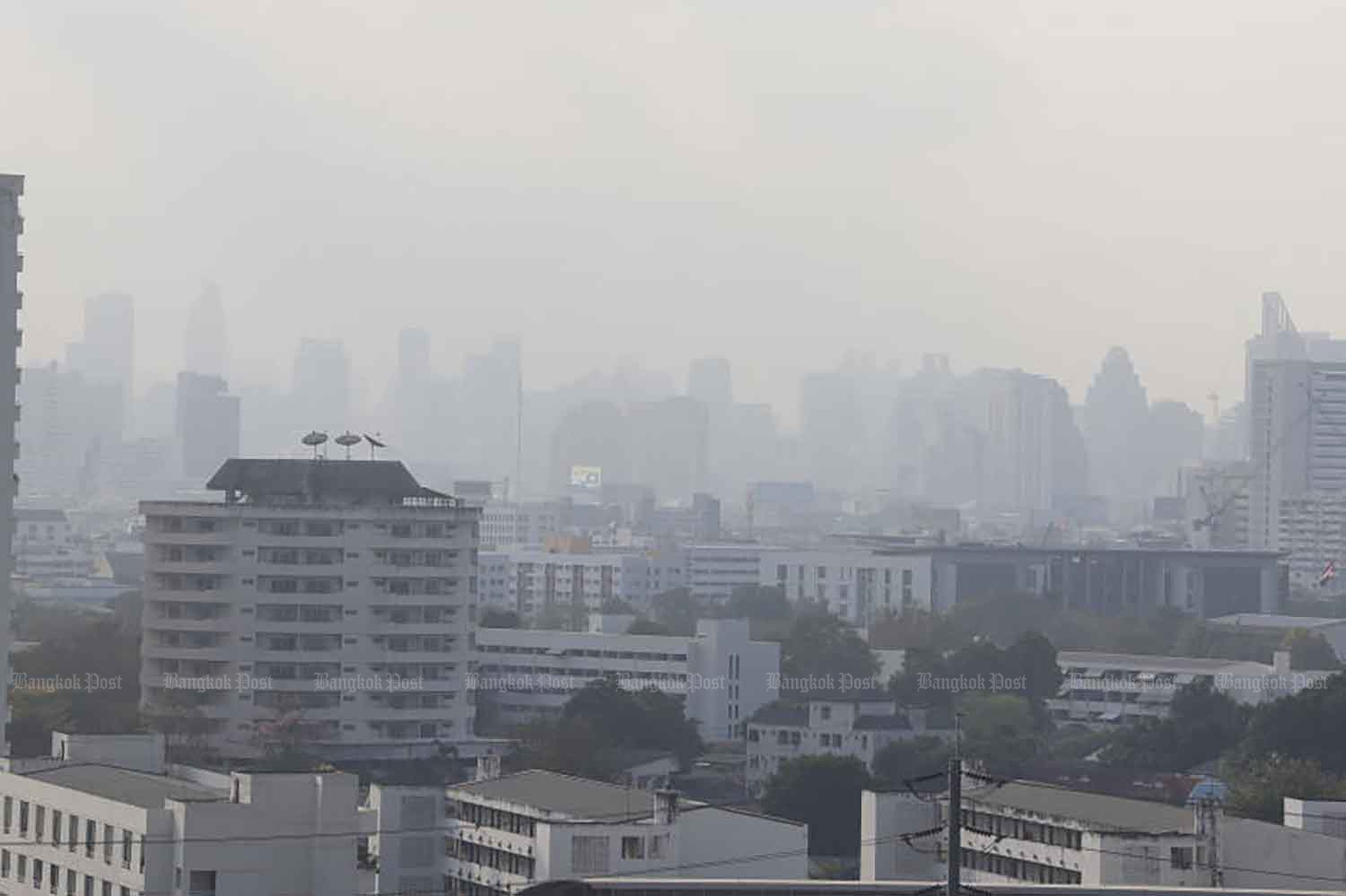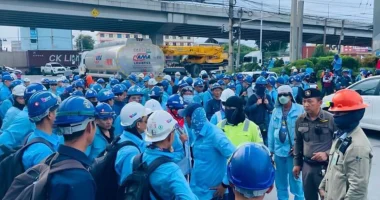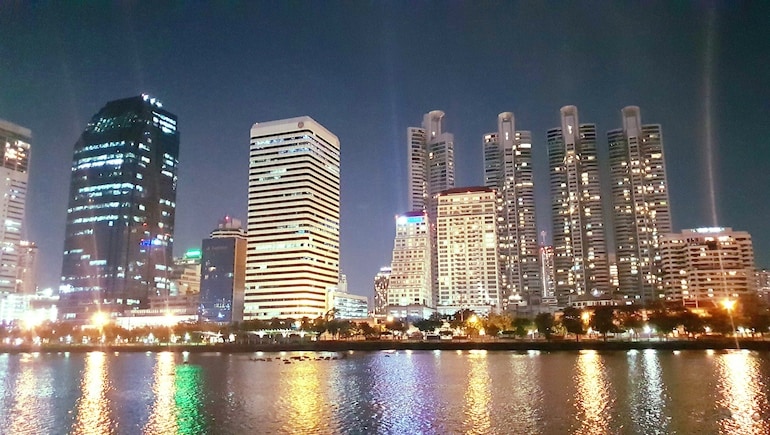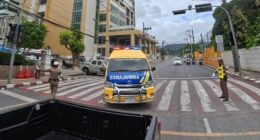Thailand’s Tourism Minister Announces New Visitor Goals
Thailand’s Minister of Tourism and Sports, Sarawong Thianthong, has announced an ambitious target to attract 40 million foreign tourists by 2025, an increase of 1 million from the previous goal of 39 million. This initiative aims to propel the country’s tourism sector forward and boost its economic recovery.
Adapting Strategies to a Competitive Landscape
Recognizing the competitive nature of global tourism, Thapanee Kiatphaibool, the governor of the Tourism Authority of Thailand (TAT), emphasized the agency’s commitment to adapting its strategies. “This includes shifting our focus towards higher-value tourism segments, expanding our reach into new markets, and enhancing the overall travel experience for visitors,” she stated.
Key Strategies for Achieving Tourism Targets
To meet these targets, the TAT has outlined several key strategies:
- Focus on High-Value Tourism: Attracting higher-spending tourists through luxury travel experiences and niche markets.
- Diversify Markets: Expanding outreach beyond traditional markets to include visitors from Europe, the Americas, and emerging regions.
- Enhance Travel Experience: Introducing innovative travel routes and exclusive experiences while improving convenience through seamless payment options and better connectivity.
- Leverage Soft Power: Promoting Thailand’s unique cultural heritage, cuisine, and hospitality to draw in visitors.
- Develop Sustainable Tourism Practices: Expanding the Sustainable Tourism Goal (STAR) project to minimize environmental impact and promote responsible tourism.
Launching the “Amazing Thailand Grand Tourism & Sports Year 2025” Campaign
The TAT has officially launched the “Amazing Thailand Grand Tourism & Sports Year 2025” campaign, which will focus on five key pillars:
- Grand Festivity: Organizing major events and festivals to attract tourists.
- Grand Moment: Presenting unique travel experiences.
- Grand Privilege: Offering attractive travel deals, including discounts on shopping, tours, and flights.
- Grand Invitation: Inviting renowned international figures to experience Thailand and share their journeys.
- Grand Celebration: Celebrating festivals and achievements in various fields.
Enhancing Domestic Travel Initiatives
In addition to attracting international tourists, the TAT will promote domestic travel through initiatives like the “We Travel Together” project. The agency is also encouraging airlines to increase flight frequencies and expand routes to Thailand.
A Pivotal Year for Thai Tourism
Thapanee emphasized that “2025 is a pivotal year for Thai tourism.” The focus will not only be on increasing visitor numbers but also on elevating the quality of tourism by attracting high-spending travelers and diversifying market reach.
Financial Measures to Support Tourists
The Ministry of Finance plans to reintroduce the “Easy e-Receipt 2025” measure from January 15 to February 28, offering tax deductions for consumers using electronic tax invoices from registered businesses.
Positioning Thailand as a Premier Global Destination
The “Amazing Thailand Grand Tourism & Sports Year 2025” campaign aims to position Thailand as a world-class tourism and sports hub. By implementing these strategies, the government hopes to drive economic growth while creating a sustainable future for its tourism sector.








